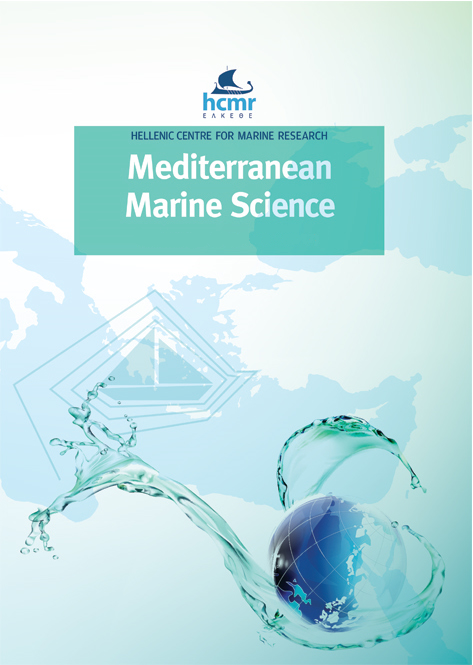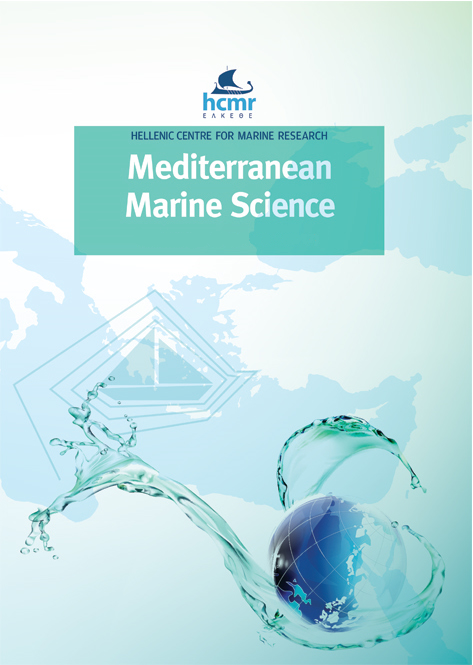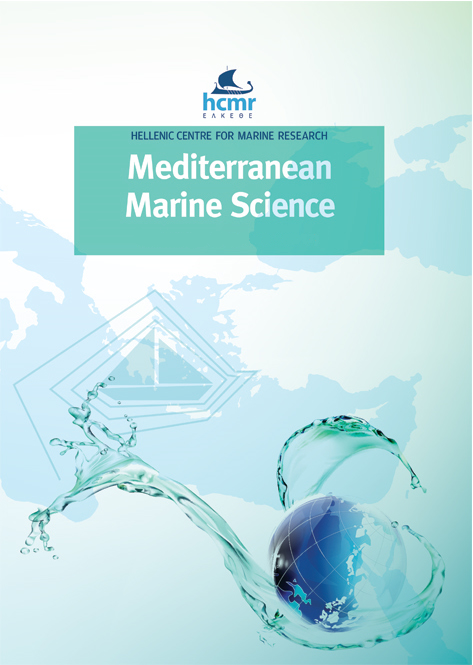Anadara kagoshimensis (Mollusca: Bivalvia: Arcidae) in Adriatic Sea: morphological analysis, molecular taxonomy, spatial distribution, and prediction

Abstract
Morphological analysis, molecular characterization, and information on distribution and density of Anadara kagoshimensis (Tokunaga, 1906) specimens collected in the Adriatic Sea were here carried out as based on various material and data from five surveys conducted from 2010 to 2014, for a total of 329 bottom trawl hauls. The morphological and molecular analyses allowed to clarify the confused taxonomy regarding the biggest ark clam alien species invading the Italian waters and the Mediterranean Sea. The analysis on distribution and density revealed that A. kagoshimensis mostly occurs along the Italian coast at depths from 8 to 50 m, with a catch frequency of more than 98% in all hauls performed on silty-clay sediment at 8-30 m depth. The hotspot map clearly shows a reduction of its distribution area from 2010 to 2012.
Article Details
- How to Cite
-
STRAFELLA, P., FERRARI, A., FABI, G., SALVALAGGIO, V., PUNZO, E., CUICCHI, C., SANTELLI, A., CARIANI, A., TINTI, F., TASSETTI, A. N., & SCARCELLA, G. (2018). Anadara kagoshimensis (Mollusca: Bivalvia: Arcidae) in Adriatic Sea: morphological analysis, molecular taxonomy, spatial distribution, and prediction. Mediterranean Marine Science, 18(3), 443–453. https://doi.org/10.12681/mms.1933
- Issue
- Vol. 18 No. 3 (2017)
- Section
- Research Article
Authors who publish with this journal agree to the following terms:
- Authors retain copyright and grant the journal right of first publication with the work simultaneously licensed under a Creative Commons Attribution Non-Commercial License that allows others to share the work with an acknowledgement of the work's authorship and initial publication in this journal.
- Authors are able to enter into separate, additional contractual arrangements for the non-exclusive distribution of the journal's published version of the work (e.g. post it to an institutional repository or publish it in a book), with an acknowledgement of its initial publication in this journal.
- Authors are permitted and encouraged to post their work online (preferably in institutional repositories or on their website) prior to and during the submission process, as it can lead to productive exchanges, as well as earlier and greater citation of published work (See The Effect of Open Access).







